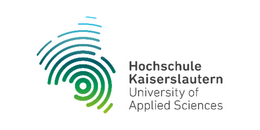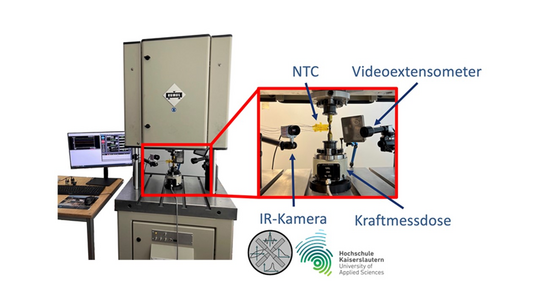Quantified evaluation of the influence of stress frequency on the fatigue behaviour of unalloyed steels for implementation in resource-efficient fatigue life prediction methods
For a reliable service life prediction, it is necessary to determine extensive material information that considers the microstructure and the associated material mechanisms. Measurement methods based on thermo-/resistometry and magnetics are predestined to detect microstructural changes in metallic materials in early fatigue stages and provide a significant gain in information compared to conventional measurements. This has been demonstrated scientifically in research projects, although this work is limited to the HCF area. The extent to which this can be transferred to lower stress levels and higher numbers of cycles (up to 108) needs to be clarified, as a change in the damage mechanisms can occur. The measurement curves determined in fatigue tests on the basis of optical strain measurements using video extensometers, thermo-/resistometry and magnetics can be used as input variables in the service life prediction methods (LPV). The challenge is to extend the methods established for the HCF range at test frequencies of 5 Hz for high test frequencies (up to 260 Hz) and high numbers of cycles (up to 108) and to validate them using conventional single-stage tests (ESV). In particular, the influence of deformation rate and frequency must be taken into account and quantified and described mathematically for the steel C45E (1.0503).
Duration: 2023 until 2025













